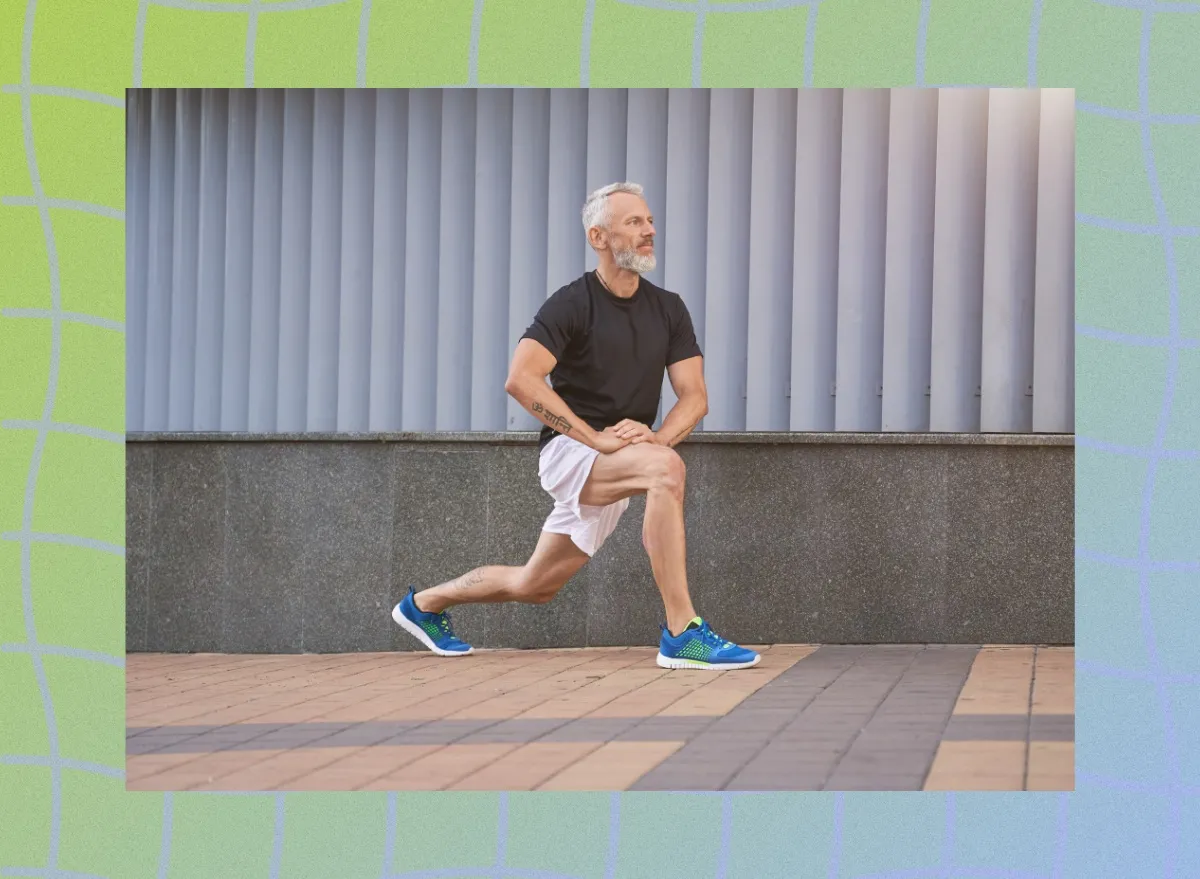Fitness
Health & Fitness Resolutions for the New Year

We’re talking about our personal health and fitness goals for the New Year with Wendy Wesley, a St. Petersburg-based nutritionist, Registered Dietitian, and food educator, and Shanequa Clarke, a Tampa-based fitness trainer with a Master’s degree in Exercise Science who specializes in strength training and conditioning. Listen to the show here, or on the WMNF app, or as a WMNF MIdPoint Podcast wherever you get your podcasts.

Fitness
How Little Cardio Can I Get Away With?
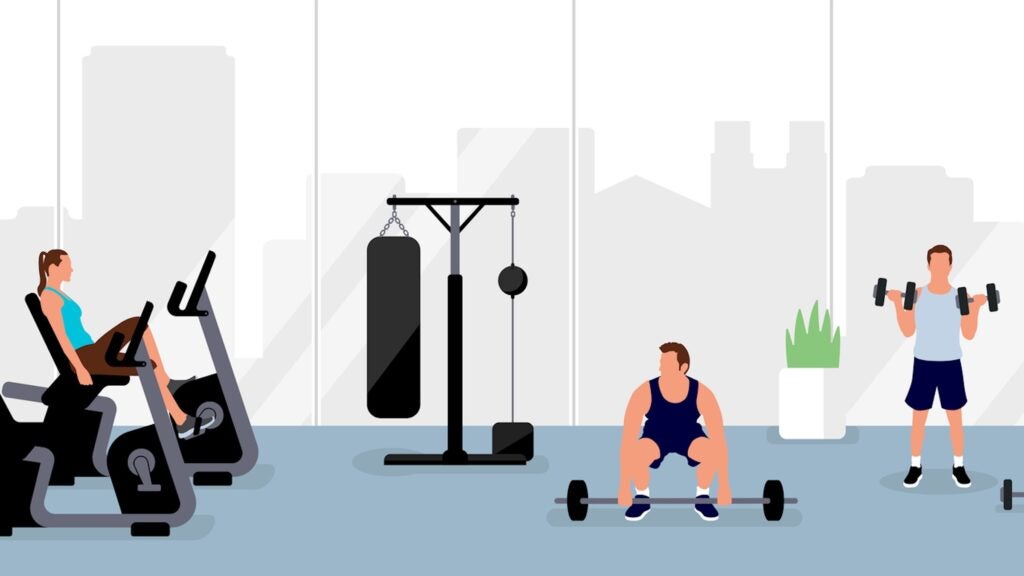
Back in 2016, I wrote a column with the rather glib headline: “Yes, Professional Runners Are Weak.” In my defense, I was merely paraphrasing the recently retired marathoner Ryan Hall. After hanging up his running shoes, the American record holder in the half marathon had hit the weight room hard and transformed himself from a scrawny endurance athlete into a muscle-bound beefcake. “I’ve been small and weak all my life,” Hall said in an interview with Runner’s World. “I’ve always wondered what it would feel like to be big and strong.”
For Hall, getting jacked was also a boon for his overall vitality. As he told CNN in 2021, his energy levels are “ten times better” now that he spends “60 to 90 minutes a day” lifting weights, as opposed to when he was grinding out 130-mile weeks. Who can’t relate?
Ryan Hall may be a physical outlier, but his example speaks to one of the more enduring debates in popular fitness culture: Is one better off prioritizing cardio or strength training? (With apologies to gym bro taxonomists, in this article “strength training” will be used interchangeably with “resistance training.” While strength training is usually more specifically about gaining muscle mass, both forms of exercise involve working the muscles with some kind of counterforce, e.g. dumbbells or one’s own bodyweight.)
Although the pendulum is always swinging back and forth, the resistance-training over cardio movement seems to be gaining momentum, at least among certain fitness influencers. The popular “She’s a Beast” newsletter, from the runner-turned-weightlifting-evangelist Casey Johnston describes itself as “counter-programming for the alleged ‘thin is in’ era.”
Meanwhile, even accounts that explicitly promote weight loss and body fat reduction are pushing back against a perceived overemphasis on aerobic exercise. “What if I told you that by doing less cardio, you could actually lose more fat?” asks the online fitness coach and trainer Katie Neeson, who runs the TikTok account @thefitmamalife. “The number one reason that doing less cardio is going to be great is because you can spend more time getting your ass in the weight section.”
A common refrain among those advocating for more of us to get our collective asses into the weight section is that resistance training will “improve body composition,” a euphemism for “make you look hotter.” It’s a reminder that often the cardio vs. weights debate is as much about aesthetics as anything else. Indeed, if you have specific fitness goals, whether it’s to acquire a certain physique or run your fastest marathon, it should be pretty clear which form of exercise you need to prioritize.
But what about when we consider the question from a general health standpoint?
Which Is Healthier: Cardio or Strength Training?
Professor Duck-Chul Lee is the director of the Physical Activity and Weight Management Research Center at the University of Pittsburgh, and the author of many papers on exercise and long-term health. Earlier this year, he co-authored a study comparing how different kinds of exercise help mitigate risk factors for cardiovascular disease (CVD). The study, published in the European Heart Journal, looked at 406 adults (53 percent women) between the ages of 35 and 70, all of whom were either overweight or had high blood pressure. Participants were divided into groups doing one of the following three times a week over the course of one year: one hour of resistance training; one hour of aerobic training; 30 minutes of resistance training and 30 minutes of aerobic training; or no training at all. After one year, only the groups who had done aerobic-only or aerobic and resistance training showed an improvement in their composite CVD risk-profile, compared to the no-exercise group.
However, while the CVD-related benefits for those who focused exclusively on aerobic exercise and those who couple it with strength training were almost identical, the latter group also showed additional improvement in metrics like lean body mass. “The message that I wanted to deliver from that study was that if people switch half of their cardio with resistance training, they get the same magnitude of benefits to reduce CVD risk factors, but they get extra benefits like increased strength and muscle mass,” Lee says.
This isn’t the first time that Lee has published a study implying that many of the benefits of running can be gleaned from relatively small doses. A 2014 study in the Journal of the American College of Cardiology (JACC) that looked at the relationship between running and all-cause and cardiovascular mortality in over 55,000 adults found that running as little as five to ten minutes a day at slow speeds showed similar benefits to running over three hours per week.
“Runners were not happy about those findings,” Lee told me, noting that he received a fair amount of hate mail from hardcore endurance athletes who felt that their fanaticism was being put on trial. But according to Lee, the contentious question of whether it’s possible to do too much cardio is still undecided.
What about overzealous weightlifters? A widely-cited 2022 study from the Japanese sports science professor Haruki Momma found that resistance training did, in fact, reduce one’s risk of all-cause mortality, but that the maximum benefits appeared to top out at 30 to 60 minutes per week. The study cautioned that more research is needed to determine the potential benefits (or downsides) of high volume muscle-strengthening exercise. To that end, Lee told me that he had just received a grant to conduct a year-long study to compare the effects of a weekly weightlifting regimen of varying degrees of intensity–from zero to 120 minutes per week.
The Difference in Benefits for Men vs. Women
Unsurprisingly, more research is also needed when it comes to assessing the relative benefits of exercise for men and women. That was the upshot of another JACC paper published this year, titled “Sex Differences in Association of Physical Activity With All-Cause and Cardiovascular Mortality.” The authors of the study examined the relationship between the exercise habits of 412,413 Americans (55 percent women) and all-cause and cardiovascular mortality from 1997 through 2019. Looking at the data for nearly 40,000 deaths in this time period, the authors of the study found that men got the greatest mortality benefit (18 percent risk reduction in all-cause mortality) from 300 minutes per week of moderate-to-vigorous physical activity (MVPA). Notably, women got a similar benefit from only 140 minutes per week of MVPA.
Sex difference was significant when it came to the specific benefits of muscle-strengthening exercises, too. Among those who regularly engaged in muscle-strengthening activities, men showed a cardiovascular risk reduction of 11 percent, while among women, the risk reduction was a whopping 30 percent.
There are certainly caveats with this study (as with most large-scale fitness studies, all exercise behaviors were self-reported), but the central point that sex differences should probably be given more consideration when making general exercise recommendations seems hard to argue with. As Susan Cheng, a professor of cardiology at Cedars-Sinai Medical Center and one of the lead authors of the study, told me, “A certain person, with a certain physique, might get a lot more out of 75 minutes of exercise, than somebody with a completely different physique and body stature, who might need 350 minutes to get the same benefits.”
Another co-author of the study, Professor Martha Gulati, who among other things is the president of the American Society for Preventive Cardiology, told me that “anytime I see identical recommendations for men and women, my usual question is: ‘Where did that come from?’ Because chances are the data is not strong.”
The Bottom Line: How Much Cardio and Strength Training You Need
Nonetheless, while more studies need to be conducted to fine-tune sex-specific recommendations, the current evidence suggests that most people, regardless of gender, would still be well-served to target the American Heart Association’s recommendation of 150 minutes per week of moderate intensity aerobic activity, combined with at least two days a week of moderate-to-high intensity muscle-strengthening activity.
If that sounds a little ambitious, everyone I spoke to was adamant that the difference between doing a small amount of exercise–as little as five to ten minutes a day–and doing nothing was far more significant than discrepancies in health gains between those on the other end of the spectrum.
Fitness
Dr Mike Israetel Go-To Exercise for Each Muscle Group | BOXROX
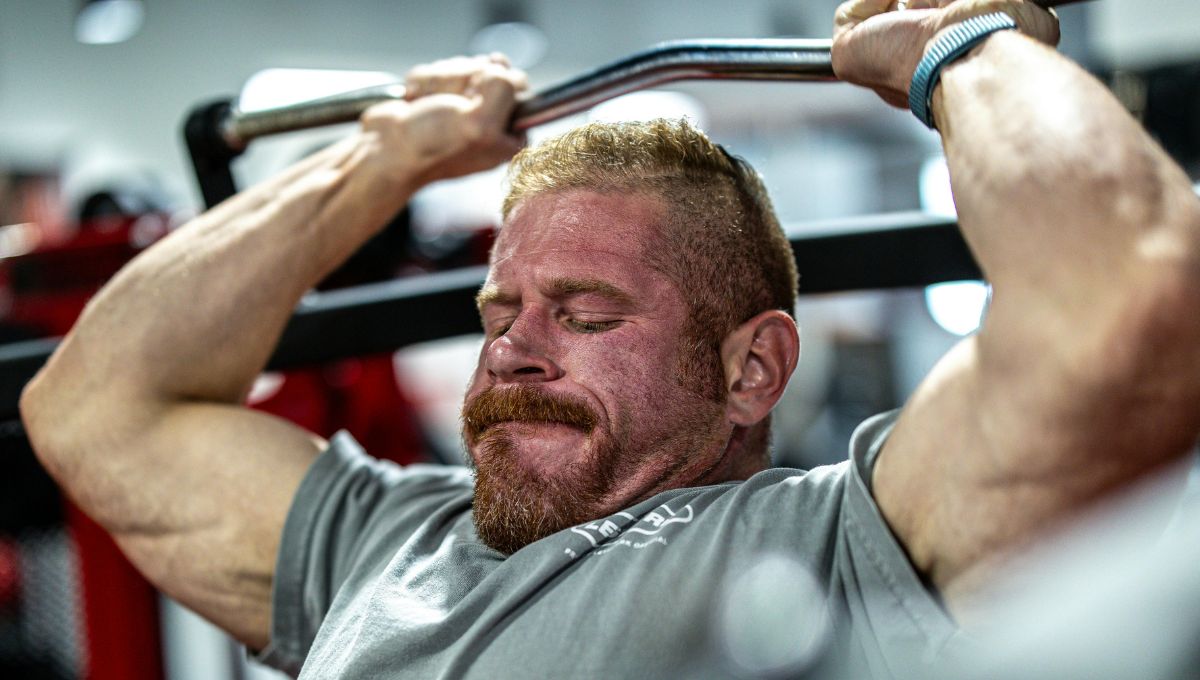
When it comes to optimising muscle growth and strength, Dr. Mike Israetel, a renowned fitness expert, has specific go-to exercises for each muscle group. These exercises are based on his extensive knowledge and experience, ensuring maximum effectiveness for both beginners and seasoned lifters.
Dr Mike Israetel, PhD in Sport Physiology and co-founder of Renaissance Periodization, is a well-respected professor in the bodybuilding community. He doesn’t only talk about workouts and fitness tips, he often dives deep into health and nutrition.
He was asked by Mike Thurston on his weekly video on First Things THRST YouTube Channel. Let’s delve into Dr. Israetel’s top exercise recommendations for various muscle groups.
Dr Mike Israetel Go-To Exercise for Each Muscle Group
Chest: Incline Cambered Bar Bench Press
For developing the chest, Dr. Israetel highly recommends the incline cambered bar bench press. This exercise utilises a cambered bar, which has a unique curve allowing for a greater range of motion compared to a standard barbell. According to Dr. Israetel, the deep stretch achieved with this exercise is unparalleled.
“The cambered bar allows you… to press super deep. That pec stretch is just unbeatable,” Israetel says. “It’s pretty close to objectively the best chest exercise you could do if you had to pick one.”
This exercise not only targets the upper chest but also provides a significant pump, making it an excellent choice for overall chest development.
Shoulders: Cable Machine Lateral Raises
When it comes to the shoulders, particularly the side delts, Dr. Israetel favours cable lateral raises. He suggests setting the cable height at hip level to achieve optimal tension throughout the movement.
“You get a crazy peak tension at the bottom, the super stretch, and the top has almost no tension at all… that exercise both from an internal perspective of how it makes me feel and from a theoretical perspective is difficult to beat.”
This exercise ensures that the deltoids are fully engaged, promoting muscle growth and strength.
Back: Barbell Bent-Over Row
For back development, Dr. Israetel’s go-to is the barbell bent-over row. This exercise is versatile and effectively targets the lats, mid-back, and spinal erectors.
“A strict bent row like that… hits the lats decently, hits the mid-back really well, and hits the spinal erectors too because you have to spinally erect yourself against the load,” Israetel explains.
The barbell bent-over row is a comprehensive exercise that promotes overall back strength and hypertrophy.
Biceps: Lying Dumbbell Curl
Dr. Israetel’s favourite new bicep exercise is the lying dumbbell curl. This unique variation, which he created himself after trying a couple of new things, maximises tension on the biceps throughout the movement.
“It exposes the biceps to maximum tension at their longest length and is just unreal… it gives me predictable repeated delayed onset bicep soreness which almost no other exercise has been able to give me.”
This exercise targets the biceps effectively, promoting muscle growth and strength.
Triceps: EZ Bar Behind the Neck Tricep Extension
For tricep development, Dr. Israetel recommends the EZ bar behind the neck tricep extension. This exercise targets all parts of the tricep and provides a deep stretch.
“The EZ bar behind the neck tricep extension… is phenomenal. It works every part of the tricep and a huge deep stretch.”
This movement is excellent for isolating and developing the triceps.
Quads: Belt Squat
When it comes to leg exercises, Dr. Israetel prefers the belt squat. This exercise eliminates axial fatigue, allowing for more effective quad targeting.
“A belt squat properly done just has no axial fatigue… you can just zap your quad.”
The belt squat is ideal for those looking to focus on quad development without placing undue stress on the spine.
Hamstrings: Stiff-Legged Deadlift or Good Mornings
For hamstring training, Dr. Israetel recommends both the stiff-legged deadlift and good mornings. These exercises ensure a deep stretch in the hamstrings, promoting muscle growth.
“Stiff-legged deadlifts are really tough to beat… it’s a biarticulate muscle which means it crosses the knee and the hip, so you can load it under a load of stretch super easily.”
Additionally, Israetel also talked about good mornings as another effective hamstring exercise:
“Stiff-legged deadlifts or good mornings are really tough to beat, but every kind of hamstring curl is awesome as long as I get a nice deep stretch in the hamstring.”
Both exercises target the hamstrings effectively, promoting hypertrophy and strength.
For glute development, Dr. Israetel suggests the front foot elevated Smith machine lunges. This exercise provides stability and allows for a deep stretch in the glutes.
“Front foot elevation pre-stretches that glute… one set later I’m like, oh my God, my glutes are cramping.”
This exercise is excellent for isolating and developing the glutes.

Dr. Mike Israetel’s go-to exercises for each muscle group are designed to maximise muscle growth and strength. By incorporating these exercises into your routine, you can ensure comprehensive development and optimal results. Whether you’re targeting the chest, shoulders, back, biceps, triceps, legs, hamstrings, or glutes, Dr. Israetel’s recommendations provide a solid foundation for your fitness journey.
3 Secrets to Create a Perfect Workout Split
Fitness
Exercise with Purpose: Bar Talk with Eric Bartosz – Saucon Source
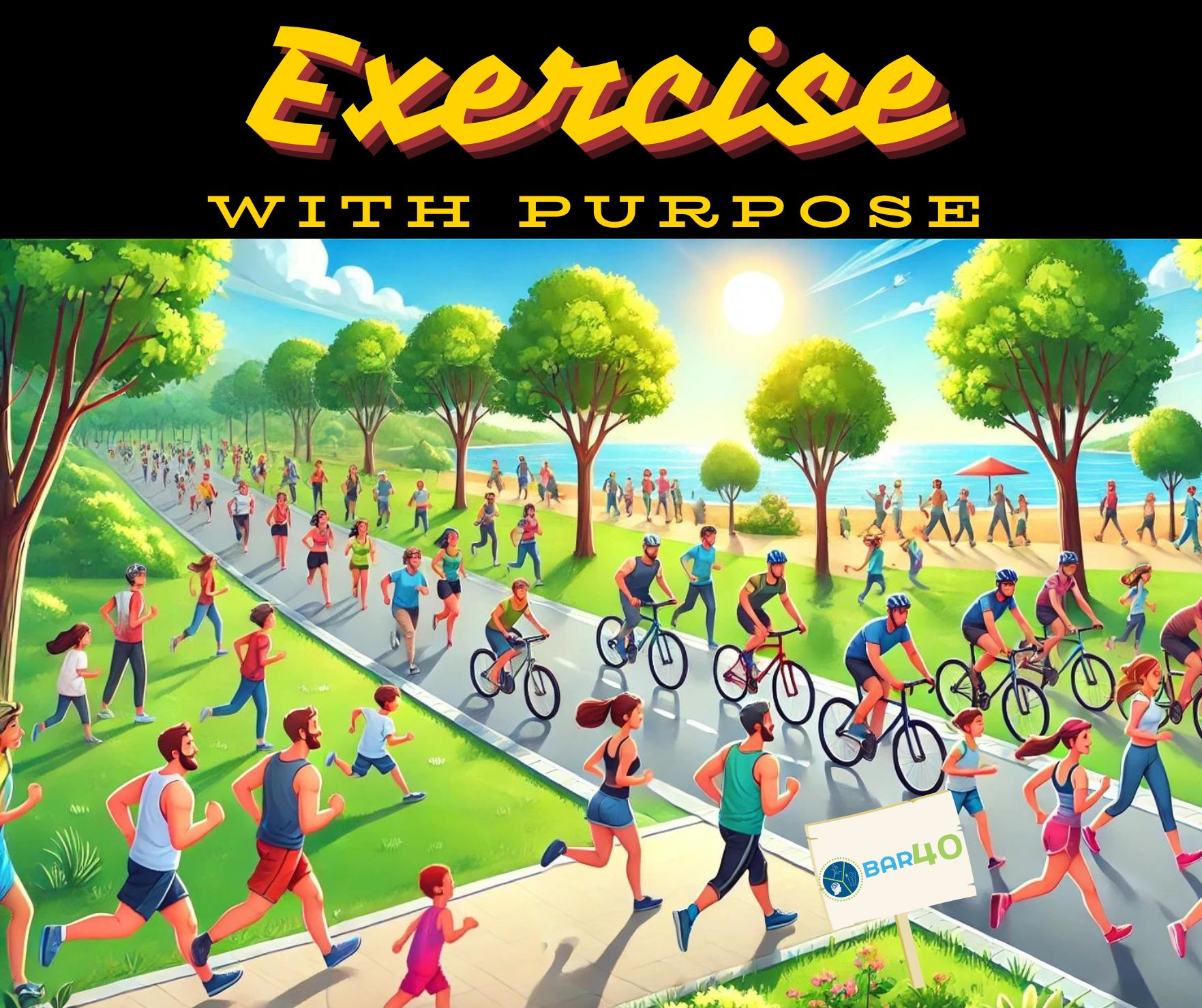
Once we build accountability for bringing our fitness pursuits into the spotlight, we are well on the way to ensuring that we achieve what we set out to do. The path we take to get there is up to you.
See if this sounds familiar; the weather gets warmer, the days are longer and you promise you’ll finally start exercising more. But it keeps not happening, and you need help finding the motivation to include exercise in your weekly schedule. If this is something you can relate to, you have plenty of company, as lack of motivation will be at the top of any list featuring reasons people fall short of exercise goals.
For some good news, there’s an easy solution to help supercharge your motivation, and July is the perfect time to get started. One of the most surefire ways to ensure any task gets accomplished is when there is an element of accountability. At work, we know what tasks need to be completed each week. Often, a manager expects those things to happen by a deadline, and we know that simply skipping those tasks is not a great option. Adding accountability to our fitness pursuits has the same effect with increasing prioritization and significantly increases the likelihood that we will stick to the plan.
Thankfully, there are fantastic options for fitness challenges that benefit charities doing amazing work, allowing us to improve our health, help a charity and provide accountability by publicly stating our goals as a participant in the challenge. Often, this takes the form of fundraising on behalf of the charity and asking friends and family to contribute a dollar amount of their choosing to help the participant reach their financial goal. Rest assured, this isn’t a high-stakes shakedown of all your contacts. Simply sending out a link making people aware of what you are doing with the
caveat that people can donate any amount eliminates any pressure, and even all those $1 or $5 donations can add up.
One suggestion is Mission 22, a national veteran non-profit organization which provides support and resources to veterans and their families. Mission 22 has challenges throughout the year, and one just started up and is going for the month of July. This ’90-Mile Challenge’ is appealing because of its all-inclusive nature. For comparison, in July 2023 the challenge was completing 2,200 push-ups (71 per day) for the month. While that was an awesome month-long goal for those of us who completed it, it did not have wide appeal to those who were not interested in doing thousands of push-ups. For 2024, being able to choose activities makes for a diverse blend and freedom of activity. Visit and join Mission 22’s 90-Mile Challenge in July Facebook group to see how 1,000+ participants have committed to running, walking or biking 90 miles in the month of July and raising additional donations for this non-profit doing such important work.
Aside, or in addition to, participating in charity fitness challenges, another highly effective accountability strategy is joining a local group featuring your favorite exercise activity. There are many clubs and groups catering to all forms of exercise, and if running is your thing, or you would like it to be, and you live in the Eastern PA area, check out the Lehigh Valley Road Runners Club for a multitude of weekly options.
And if you don’t find a club or group that suits you, why not start your own? Whether it’s on Facebook, MeetUp or any other platform, remember the famous line from the movie Field of Dreams, ‘if you build it, they will come.’ This is your chance to create a community that resonates with you and others.
The bottom line is that once we build accountability for bringing our fitness pursuits into the spotlight, we are well on the way to ensuring that we achieve what we set out to do, and the path we take to get there is up to you. Let’s make this summer the best (and healthiest) one ever!
Eric Bartosz is the founder of BAR40 and the author of the internationally acclaimed and bestselling book ‘BAR40: Achieving Personal Excellence.’ He lives in Center Valley with his wife Trish, daughter Riley and pug Piper, is an adjunct MBA professor at DeSales University and serves the community as an Upper Saucon firefighter, a board member of Big Brothers Big Sisters of the Lehigh Valley and a local race organizer. Eric is a 20+ year runner and racer and can often be found logging miles on the Saucon Rail Trail. Catch up on Eric’s latest Bar Talk columns here.
-

 World1 week ago
World1 week agoTension and stand-offs as South Africa struggles to launch coalition gov’t
-

 News1 week ago
News1 week ago4 killed, 9 injured after vehicle crashes into Long Island nail salon
-

 News1 week ago
News1 week agoSupreme Court denies Steve Bannon's plea to stay free while he appeals
-

 News1 week ago
News1 week agoVideo: How Blast Waves Can Injure the Brain
-

 Politics1 week ago
Politics1 week agoTrump says 'biggest problem' not Biden's age, 'decline,' but his policies in first appearance since debate
-

 Movie Reviews1 week ago
Movie Reviews1 week agoMovie review: A Quiet Place, quivering since Day One
-
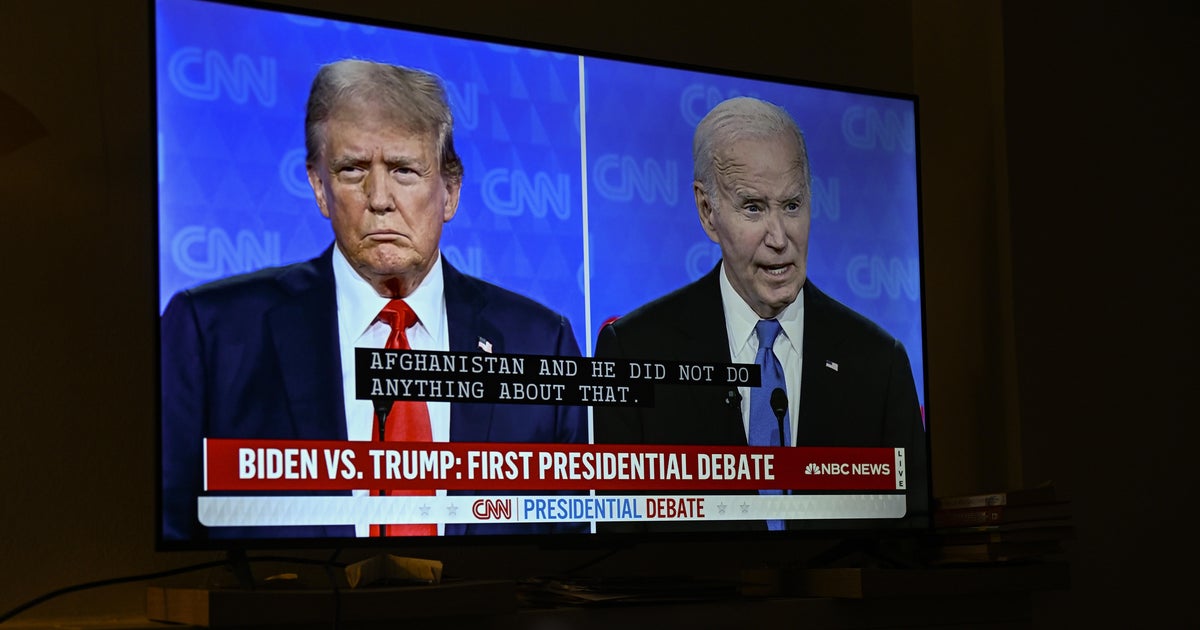
 News1 week ago
News1 week agoIncreasing numbers of voters don’t think Biden should be running after debate with Trump — CBS News poll
-

 World1 week ago
World1 week agoCaribbean braces for ‘very dangerous’ Hurricane Beryl



